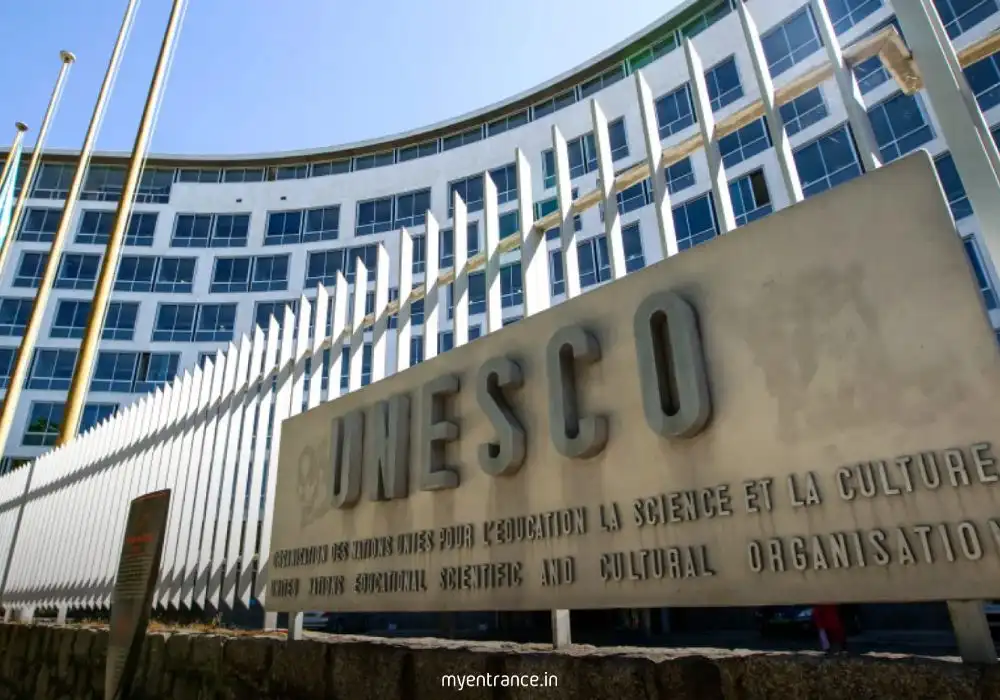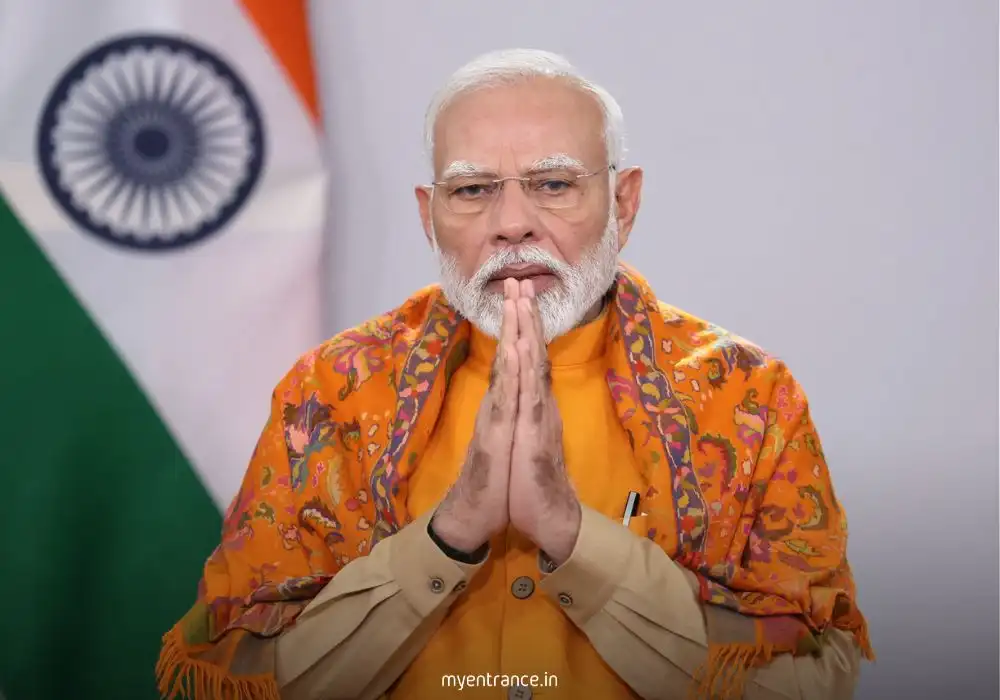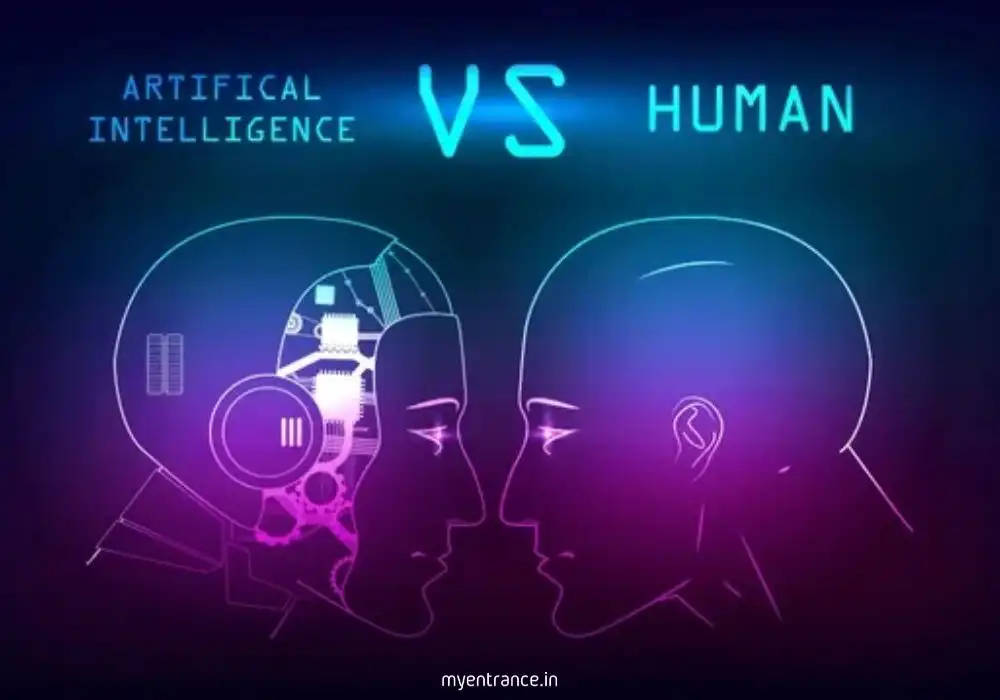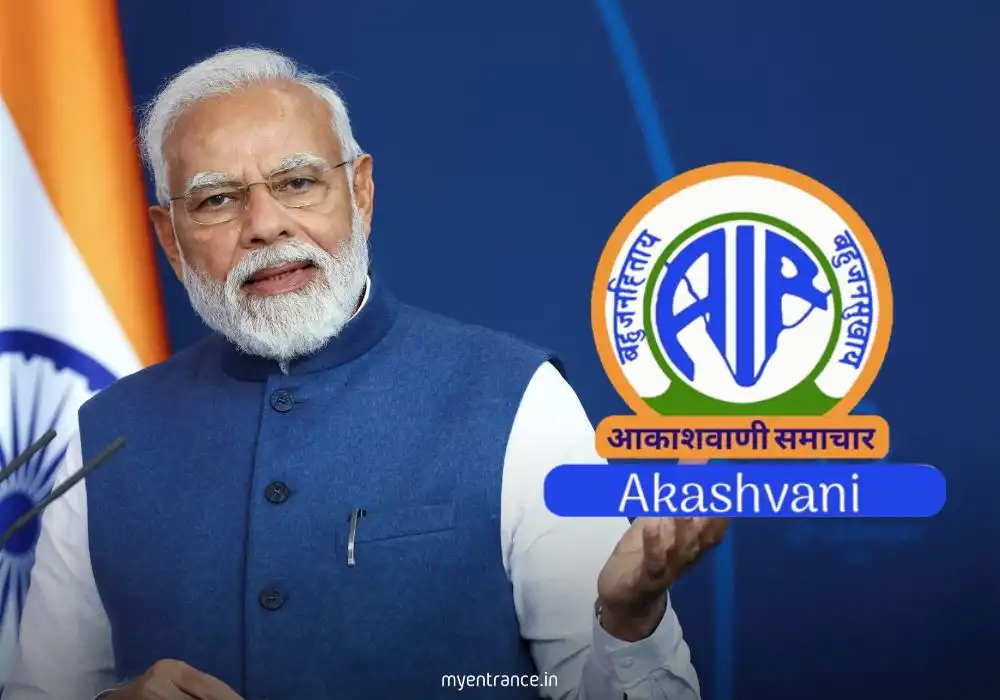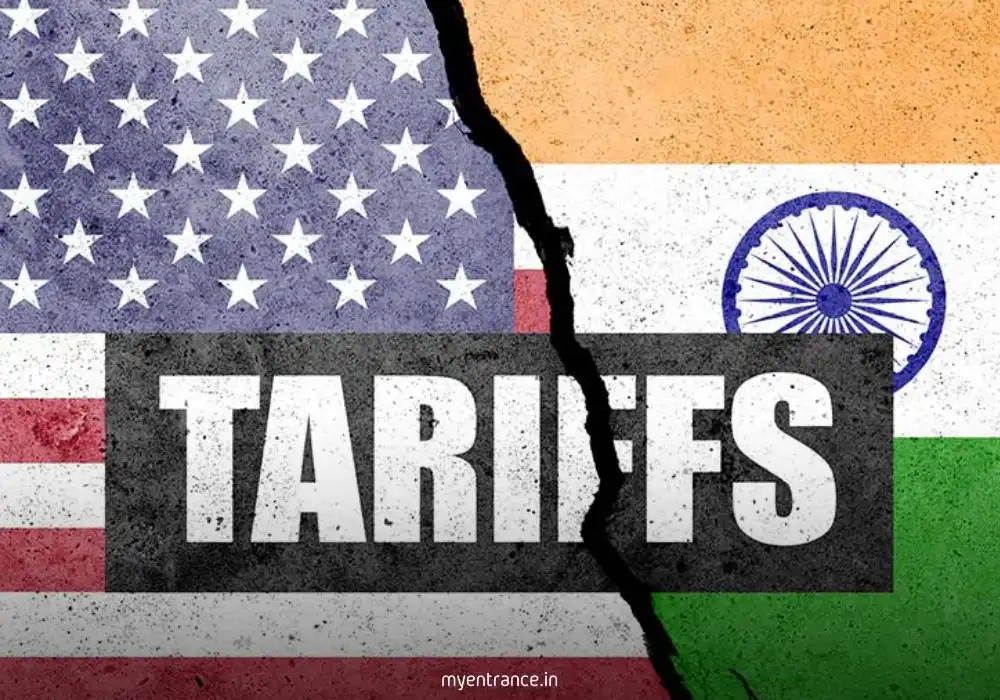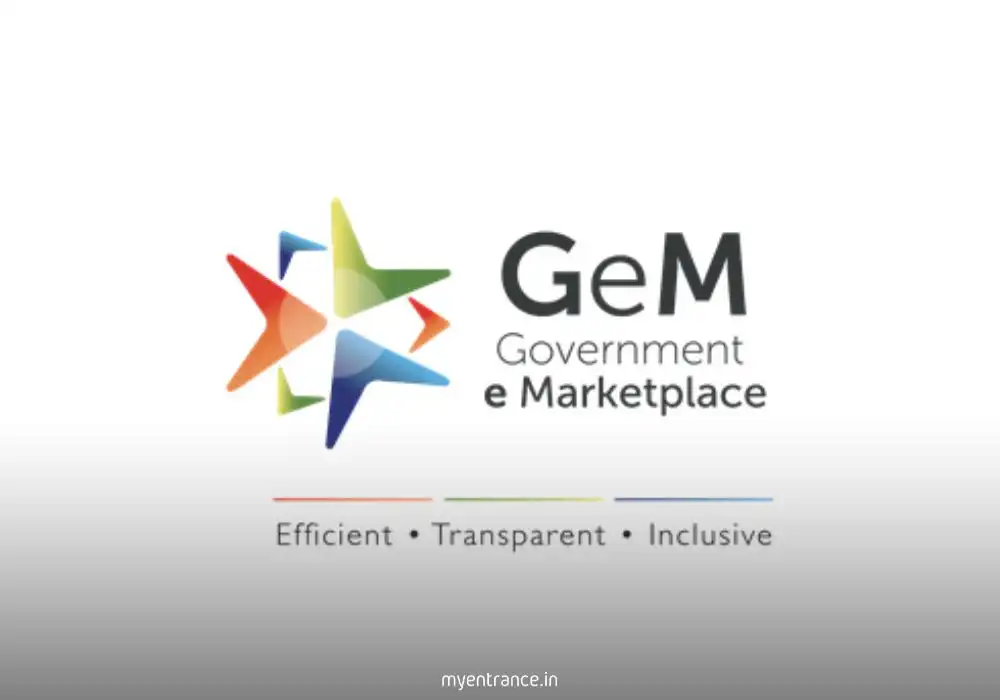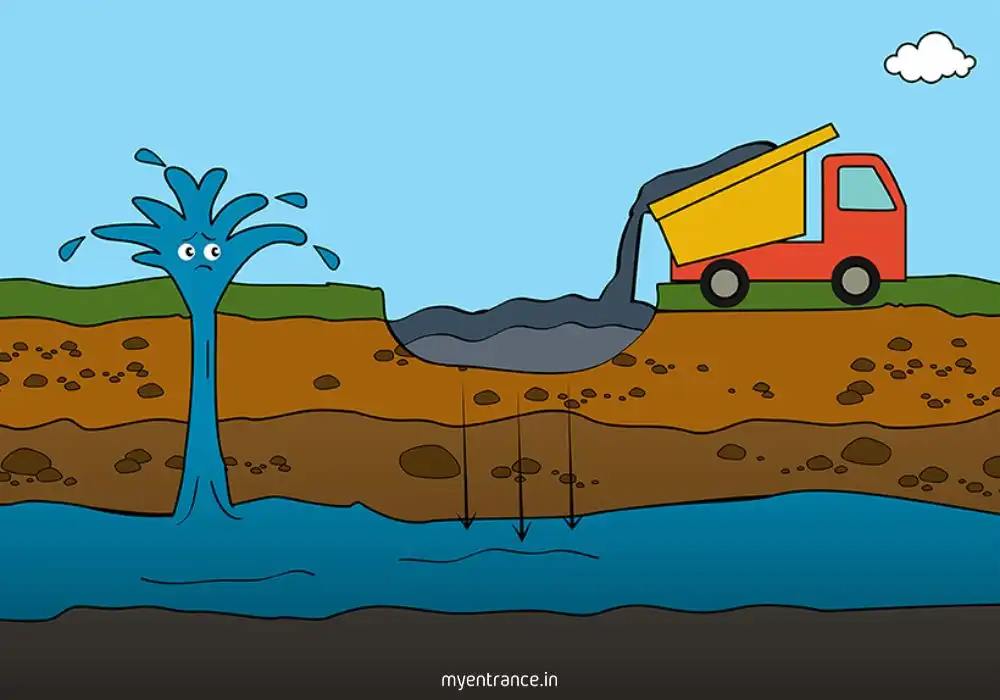Translate Language
India’s EV Push Shifts Focus: Why E-Trucks Are Now the Priority
India’s electric vehicle (EV) policy has taken a strategic turn in recent months. While electric cars once dominated discussions, the focus has now shifted decisively toward electrifying trucks. This pivot reflects a pragmatic approach—prioritizing segments that offer the highest environmental and economic benefits.
With trucks contributing disproportionately to transport emissions and pollution, the government is introducing subsidies and infrastructure plans to fast-track their electrification. Meanwhile, electric cars continue to face challenges like high costs and range anxiety, slowing their adoption. Let’s explore why India is betting big on e-trucks and what this means for the future of sustainable mobility.
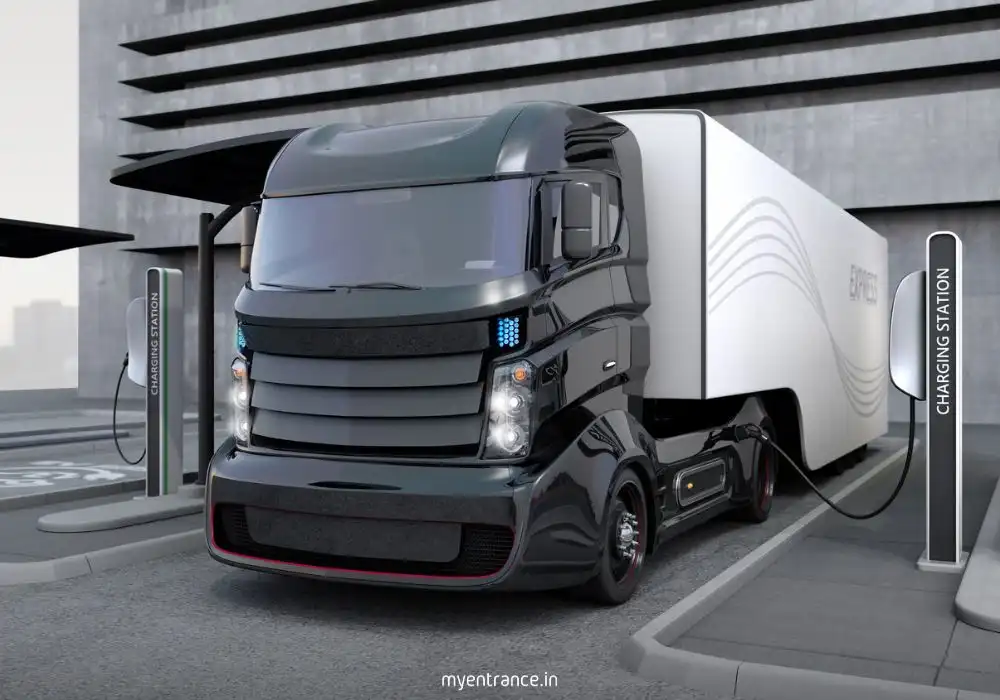
Why India is Prioritizing E-Trucks Over Electric Cars
1. Trucks Contribute More to Pollution & Emissions
Though trucks make up only 3% of India’s vehicle fleet, they account for:
34% of transport-related CO₂ emissions
Over 50% of particulate pollution
Electrifying trucks will have a far greater impact on reducing air pollution and carbon footprint than focusing solely on cars.
ALSO READ: FAME-II, PM E-DRIVE & More: Must-Know EV Schemes for UPSC, SSC, PSC Aspirants
2. Electric Cars Face Slow Adoption in India
Despite government incentives like FAME subsidies, electric car penetration remains low:
Only 2% of four-wheeler sales were electric in 2024.
In contrast, China (47%), Europe (23%), and even Vietnam (17%) have much higher EV adoption rates.
Key reasons for slow EV car growth in India:
High upfront costs compared to petrol/diesel cars.
Range anxiety due to limited charging infrastructure.
Limited policy push in recent schemes like PM-DRIVE, which excludes four-wheeler subsidies.
3. Two-Wheelers & Commercial Vehicles Dominate Indian Roads
75% of vehicles in India are two-wheelers, while cars make up just 13%.
Large cars (priced above ₹10 lakh) account for only 2% of the total fleet.
Hence, prioritizing electric two-wheelers and trucks makes more sense for mass impact.
Government’s New Push for E-Trucks
1. PM-DRIVE Incentive Scheme for E-Trucks
₹500 crore subsidy to support 5,600 electric trucks (capacity above 3.5 tonnes).
Maximum incentive of ₹9.6 lakh per vehicle to offset high capital costs.
Special focus on Delhi, with incentives for 1,100 e-trucks to combat air pollution.
2. Zero-Emission Trucking (ZET) Corridors
The Principal Scientific Adviser’s office identified 10 high-traffic routes for electrification:
Chandigarh-Delhi-Jaipur
Dhanbad-Kolkata-Haldia
Bengaluru-Chennai-Villupuram
Salem-Coimbatore-Kochi
These routes were chosen based on industrial activity, traffic volume, and grid readiness.
3. Learning from China’s Success
China has 9% electric heavy-duty trucks, reducing oil demand by 1 million barrels per day.
India aims to replicate this success to cut fuel imports and emissions.
Challenges & the Road Ahead
While the shift to e-trucks is promising, hurdles remain:
High battery costs for large vehicles.
Charging infrastructure gaps, especially for long-haul trucks.
Financing challenges for fleet operators transitioning to EVs.
However, with strong policy support and growing industry interest, India’s electric truck revolution could soon gain momentum—delivering cleaner air, lower emissions, and energy security.
Final Thoughts
India’s EV strategy is evolving to maximize impact—focusing on trucks over cars for faster emission cuts. While electric cars will continue to grow, the immediate priority is electrifying commercial vehicles that contribute most to pollution.
For competitive exam aspirants (UPSC, SSC, PSC, etc.), understanding these policy shifts is crucial for current affairs and environment-related questions. Stay updated with MyEntrance.in for more insights on India’s green mobility transition!
Get 3 Months Free Access for SSC, PSC, NIFT & NID
Boost your exam prep!
Use offer code WELCOME28 to get 3 months free subscription. Start preparing today!
